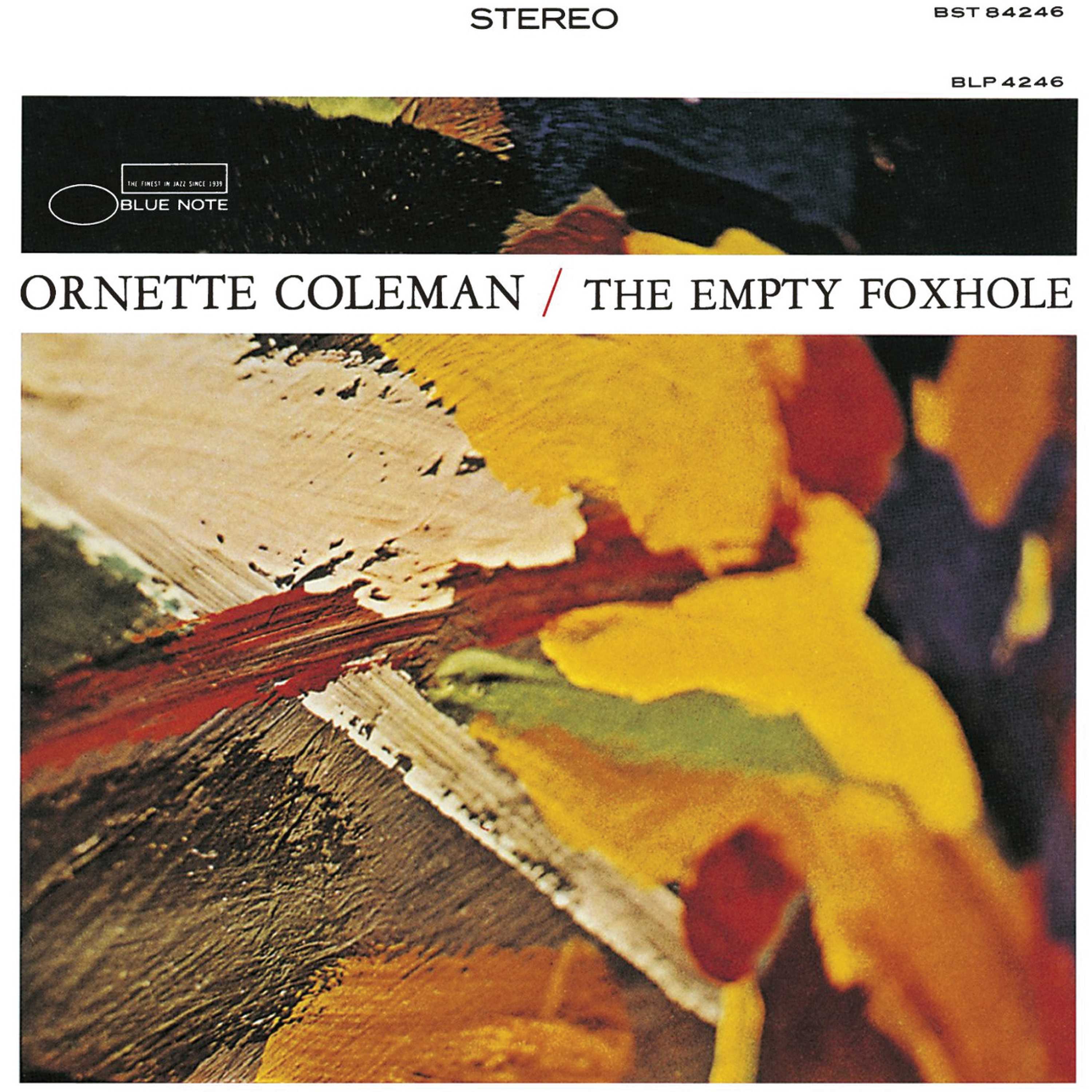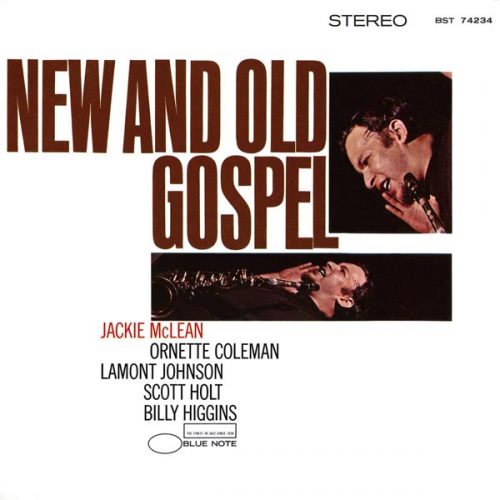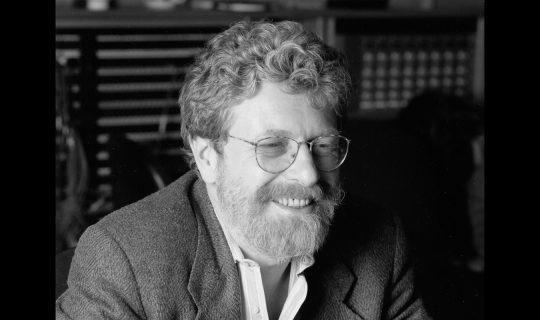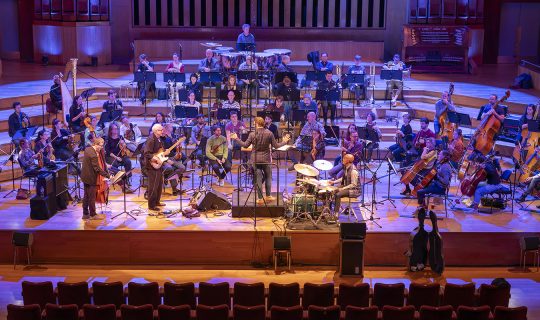January 26, 2022
Alto saxophonist and conceptual/compositional innovator Ornette Coleman is best known for his work on Atlantic Records between 1959 and 1961, during which time he recorded classic albums like The Shape of Jazz to Come, This is Our Music, Change of the Century and Free Jazz, a record that gave an entire genre its name. But Coleman signed with Blue Note after leaving Atlantic, and the albums he made—two volumes of live material recorded At the “Golden Circle”, as well as the studio albums The Empty Foxhole, New York is Now!, Love Call, and the collaborative New and Old Gospel, with Jackie McLean—that were arguably even more exploratory, and surprising, than the discs that made his name. All six of these albums are collected in the new 6-LP Tone Poet Vinyl Boxset Round Trip: Ornette Coleman on Blue Note.
Ornette’s tenure with Blue Note began at the end of 1965, when he recorded performances at the Gyllene Cirkeln (in English, Golden Circle) club in Stockholm, Sweden. His trio, which featured bassist David Izenzon and drummer Charles Moffett, had been together since 1962, but had only entered the recording studio once—for the album Chappaqua Suite, which found them accompanied by an orchestra, and joined on one track by Pharoah Sanders—so these live recordings were a major coming-out for the group, presenting entirely new compositions in a high-energy manner in front of an enthusiastic crowd.
The original Vol. 1 LP included four pieces, “Faces and Places,” “European Echoes,” “Dee Dee” and “Dawn,” while Vol. 2 offered “Snowflakes and Sunshine,” “Morning Song,” “The Riddle” and “Antiques.” Coleman’s soloing was as individualistic and melody-driven as it had been in his classic quartet, but he seemed more willing to throw the listener a bone from time to time, inserting boppish phrases into his otherwise stormy solos. Behind him, Izenzon and Moffett were as fierce a rhythm team as any player could ask for, the bassist in particular driving the music forward like a rocket sled on “Faces and Places,” while settling into a deep groove on other tracks. These albums also documented for the first time Coleman’s adoption of violin and trumpet on “Snowflakes and Sunshine,” a move which shocked many—even fellow musicians like Miles Davis, who sharply condemned him for having the temerity to adopt the second horn.
Ornette’s next Blue Note album, 1966’s The Empty Foxhole, shocked many jazz fans who thought they’d gotten used to him. It marked the return of bassist Charlie Haden from Coleman’s Atlantic records, but was also the debut of then-ten-year-old Denardo Coleman, on drums. Astonishingly, that turned out to be a brilliant idea. Denardo’s playing had much in common with free players like Sunny Murray and Milford Graves, who’d come up in the wake of his dad’s earlier innovations. He was capable of chopping time up in a “pulse” fashion as well as battering out solos and fills that complemented the bluesy rawness of Ornette’s horn playing. The bare-bones march tempo he establishes on the title track perfectly matches Ornette’s mournful trumpet, too. (His trumpet playing had improved substantially since the Golden Circle recordings.) The Empty Foxhole is one of Ornette’s least-heard albums, but it’s also one of the most in need of reassessment.
The following year, Ornette made one of his very rare appearances as a sideman, on fellow alto saxophonist Jackie McLean’s New and Old Gospel. McLean was already well acquainted with the avant-garde, having made several albums with trombonist Grachan Moncur III that took hard bop well beyond its comfort zone, but those expecting fiery sax-on-sax duels from this record will be, to coin a phrase, pleasantly disappointed, as Ornette sticks to trumpet on all three tracks. It all kicks off with the side-long medley “Lifeline,” consisting of four parts: “Offspring,” “Midway,” “Vernzone” and “The Inevitable End.” The band, which includes pianist Lamont Johnson, bassist Scott Holt and drummer Billy Higgins, tears up the turf as McLean and Coleman erupt in wild solos that indeed display an almost Pentecostal fervor at times. The second side offers two tracks, “Old Gospel” (which lives up to its title, thanks to Johnson’s pumping piano) and the ballad “Strange As It Seems.”
Coleman’s tenure on Blue Note came to an end with two more studio albums, both released in 1968—New York is Now! and Love Call. Each LP included tracks from a pair of sessions called on April 29 and May 7 of that year, featuring tenor saxophonist Dewey Redman, bassist Jimmy Garrison and drummer Elvin Jones. The interplay between the two saxophonists was fierce, and the rhythm section, borrowed from John Coltrane, combined powerhouse swing with an ineffable gravitas. This feeling of greater grounded-ness is what makes New York is Now! and Love Call unique among Coleman’s discography, whether on Blue Note or otherwise; the tempos aren’t much slower than on his other mid ’60s albums, but they feel somehow heavier here, Jones driving the beat as Garrison strums his bass like a massive guitar. The two albums don’t even seem to exist as separate entities—they feel like two halves of a whole, the compositions all sharing the ebullience and, in their slower moments, the deep feeling of the blues that have marked Ornette’s music since the 1950s. Coleman’s Blue Note albums were transitional records in the best possible sense, documenting his growth as a leader, an instrumentalist, and a musical thinker.
—Phil Freeman












